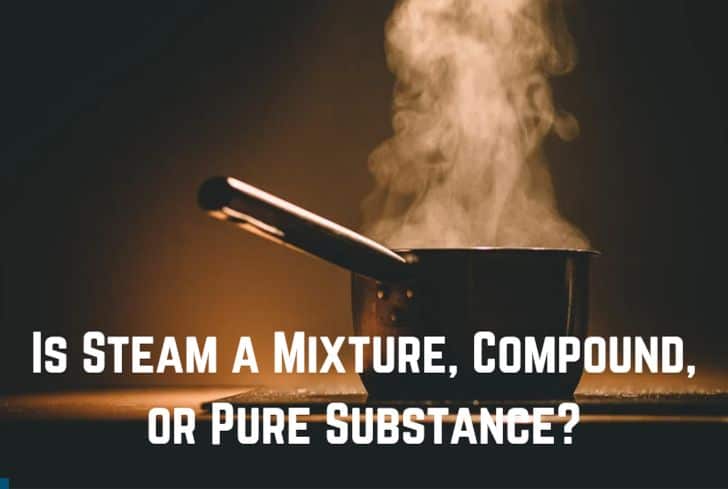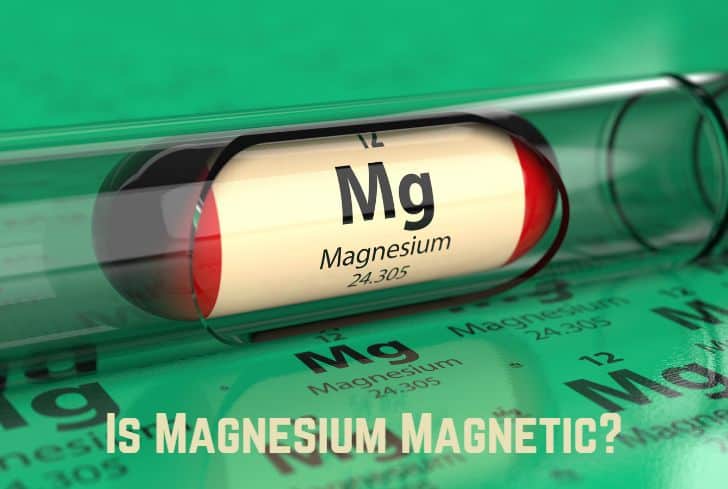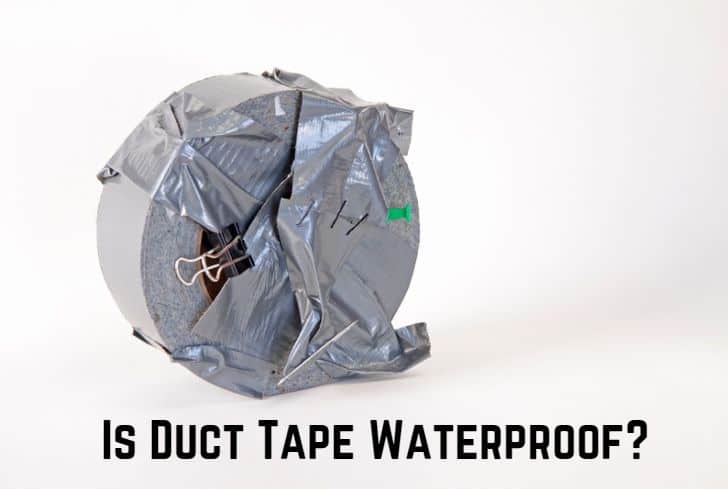Is Tyvek Waterproof? (Yes…)

You have undoubtedly seen some construction workers cover unfinished building structures. They shield the structures from rain and dust by doing this. Have you ever considered the composition of the covers? Tyvek is the material that is commonly used to cover the entire structure. Is Tyvek waterproof, though?
We will answer that question in a later section of the article. But first, let’s define Tyvek. We’ll also discuss whether Tyvek can be used outside, works well as house wrap, and whether Tyvek suits are waterproof. Finally, we discuss the common uses for Tyvek.
What is Tyvek?
Tyvek is made from 100% high-density polyethylene fibers. It consists of both paper and fiber. Tyvek resembles paper and can even be written on. However, the synthetic material is sturdy and difficult to tear. But you can damage Tyvek when you use sharp objects like scissors. A polymer of ethylene, polyethylene comes from natural gas.
Tyvek’s strength and durability are increased during the manufacturing process. The polyethylene fibers are heated and compressed after being repeatedly spun in layered strands. Smooth in texture, the finished product can be printed on, colored, and sculpted to make various products.
Tyvek is well-known for more than only its durability and resilience. Additionally, Tyvek has the following properties:
- 100% recyclable: Tyvek’s fibers can be recycled up to five times before weakening. It shouldn’t be recycled with paper because it isn’t paper.
- Great resistance to mold and mildew: Tyvek’s continuous fiber construction, which naturally resists microbiological penetration, makes this possible.
- Lightweight and flexible: Tyvek withstands folding and stitching without breaking or cracking. It feels like fabric, paper, or plastic.
- Durable: Tyvek’s non-woven strands offer high resilience to wear and tear.
Is Tyvek Tape Waterproof?
Tyvek tape is waterproof. The tape is made of polypropylene and has an acrylic adhesive. The Tyvek tape offers continuous protection from water thanks to its waterproof properties. The adhesive on the specially formulated Tyvek tape is powerful enough to prevent water damage. Tyvek tape is the best option if you require waterproof tape.
Waterproof Tyvek tapes come in various forms:
- Tyvek sheathing tape is a solid cold-weather tape that works well for attaching house wraps, plastic sheeting, and Tyvek.
- Tyvek flashing tape prevents water from passing through the corners of rectangular windows and doors and causing damage. The ability to resist water infiltration even at temperatures beyond 120°F (49°C) is its best quality.
- Tyvek house wrap tape is often available in three sizes: 3 x 100 feet, 164 feet, and 9 × 150 feet. The tapes aid in protecting your home against the rain that could harm it by penetrating through the exterior cladding. A crucial feature of the tapes is that they permit moisture vapor to pass through, aiding in wall drying.
The tapes aid in preventing moisture buildup on the walls of your house. Mold problems may result from moisture buildup.
Will Water Pass Through Tyvek?
Tyvek does not absorb water. Hence water cannot pass through it. When Tyvek comes into contact with water, it doesn’t lose any of its physical characteristics. Tyvek products won’t be ruined even by submerging them in water. Tyvek material possesses a thermoplastic property because it was manufactured under pressure and heat. It becomes semi-solid due to this feature, which prevents water from passing through.
Surprisingly, water vapor can pass through, but not actual water. Tyvek has tiny perforations since it is processed without a binder. It is highly breathable thanks to the microscopic holes. However, the water droplets will stay on the Tyvek product’s surface without seeping through the material.
Are Tyvek Suits Waterproof?
Tyvek suits are waterproof. Most mechanics who need to protect their clothing from contact with oil and fuel wear Tyvek suits. Painters can also wear Tyvek suits to shield their clothing from paint splashes. Tyvek suits are made of high-density polyethylene fibers, ensuring no liquids can pass through. The suits provide both comfort and breathability at the same time.
However, there are a few factors you must take into account to guarantee that the Tyvek suits completely protect you from any liquids:
- Select a larger size: You will require a larger size because you will likely be squatting, kneeling, and bending while performing your work. Then, you’ll be able to protect every area of your body. Tight suits can lead to tearing as you perform your duties.
- Tapping the sleeves and gloves with duct or masking tape can prevent your hands from accidentally touching your flesh when you stretch or reach.
- Dust the booties: Fitting them into your shoes will be challenging if you wear a Tyvek suit with booties. However, if you exert too much force, tough Tyvek can tear. Dust the booties with cornstarch or baby powder before inserting them into your shoes.
Only when there are no tears do Tyvek suits become waterproof. No water can pass through the material’s minute perforations. The Tyvek suits are single-use only.
Can Tyvek Be Used Outside?
Yes, Tyvek can be used outside. Tyvek is a non-woven, continuous sheet that won’t tear easily. Strong winds, hailstorms, and other severe weather elements that could significantly impact Tyvek won’t damage it. UV rays can also seriously damage most of the materials. However, Tyvek can tolerate prolonged exposure to UV radiation.
Tyvek resists ageing, bacteria, water, and weather elements. Fiberglass, asbestos, lead, and other dangerous building components cannot penetrate the microbial barrier. Tyvek is best used outside due to its excellent tensile strength. Brick, concrete, cinder block and other building elements can be covered with Tyvek sheets.
Is Tyvek Good for House Wrap?
Tyvek works well as a house wrap. In addition to shielding the walls from outside moisture, it also facilitates airflow, preventing moisture buildup inside the house. A Tyvek home wrap differs from the typical covers on long-parked cars. After the house shell has been constructed, it is applied to the home framework.
The home wrap is added before the home exteriors once the sheathing has been installed. Thanks to the Tyvek house wrap, water cannot enter the house via the walls. Water can prove rather deadly regarding mildew, especially when it comes into touch with wood. Tyvek is the only company that has created a film that can let moisture out of the walls without letting water in.
Additionally, Tyvek house wrap ensures that no interior moisture gets in while transferring all outside moisture. Tyvek house cover prevents moisture buildup within the house by having tiny perforations.
You can reduce your heating and cooling costs using a Tyvek house wrap. The walls prevent the passage of cold or hot air, safeguarding the indoor air quality of your home. Your home’s insulation loses effectiveness when there is water and air penetration, which raises energy bills.
Your house will look like this one:
Common Uses of Tyvek
Jim White, a researcher for the DuPont Company, created Tyvek for the first time in 1955. Before producing the first commercial batches of Tyvek in 1967, Dupont registered the trademark in 1965. Tyvek is available in soft and rigid forms, such as protective garments and home wraps.
The following table highlights some of its numerous common uses:
| Common uses of Tyvek | |
| -Protective clothing | -Graphics |
| -Covers for furniture, books, paintings, and artworks | – Sturdy envelopes |
| -Dust covers for vehicles | -Cargo covers |
| -Cover buildings | -Breather membranes |
| -Medical packaging | -Industrial packaging |
| -House wrap | -Camping hammocks |
| -Fashion accessories | -Lamp shades |
| -Synthetic roof underlayment | -Wallets |
Frequently Asked Questions
Can Tyvek be used on interior walls?
Tyvek’s manufacturers do not advise using it for interior walls. It is created with the exterior walls in mind. You shouldn’t use Tyvek on the interior walls for the following reasons:
1. Tyvek lets moisture through, which can condense on interior materials like plywood and drywall. The accumulation of moisture causes mold.
2. There are no leaks in the internal walls. Therefore, by placing Tyvek on the inner walls, you miss its advantages of water resistance.
What happens if Tyvek is exposed too long?
If Tyvek is exposed to sunlight for too long, it becomes less water-resistant. After more than 120 days, the UV-resistant property of Tyvek becomes weaker. Overexposure causes Tyvek to stain, lose tensile strength and eventually tear. However, if you need to use Tyvek longer, you should use something other than the normal Tyvek. Instead, use the Tyvek 1560K, which does not degrade in UV light.
Can Tyvek fabrics be ironed?
Tyvek materials shouldn’t be ironed. At 275°F (135°C), Tyvek melts. The cloth can be cleaned most effectively by hand washing it in mild soap without bleach. However, use cold water while washing in a machine. Drip-dry the fabric after that. Do not dry clean, iron, or put it in a dryer.
Conclusion
While Tyvek may resemble paper, it is more durable and rugged. Although the material is waterproof, moisture can still get through. Additionally waterproof, Tyvek suits. Using it as a house wrap after structural sheathing is an option. Use Tyvek outside without hesitation; it’s perfect for exterior walls. It resists hail, powerful winds, and other extreme weather conditions. Tyvek can withstand Uv rays for up to 120 days.






